Currently working on a project about the user experience of 3D on mobile displays, I am fascinated by these two projects that came up in a discussion with Etienne yesterday:

"Designed specifically for iPhone and iPod touch, the MY3D Viewer lets you experience 3D games and 360-degree entertainment in a brand new way. Simply insert your device into the viewer to enjoy a variety of 3D and 360-degree-enhanced apps, many of which are free from the App Store. The MY3D Viewer includes four adapter trays sized to fit iPhone and iPod touch devices. Your device quickly snaps in and out--no wires or batteries are required."

Sensor Girl, an old stereoscope customized for iPhones by Dominique Cunin. This project has been shown at Mode:Demo (Lift Experience 2010):
"SensorGirl is an artistic experimental application that aims to question the new interactive relationship a user can have with represented objects on nowadays mobile screens. Embedded sensors like accelerometers and gyroscope are opening new modalities of interaction with images : the user’s hand changes the screen physical orientation which can be used to interact with the represented object without any third party device. The screen itself and its relative state can then be directly connected to an object image, linking both in a new way that common controllers like mouse or joysticks don’t permit on usual, non-mobile screens."
Why do I blog this? I'm accumulating examples of curious experiments like this for a project and wonder about people's reactions, the design possibilities and the value of 3D in mobile context.
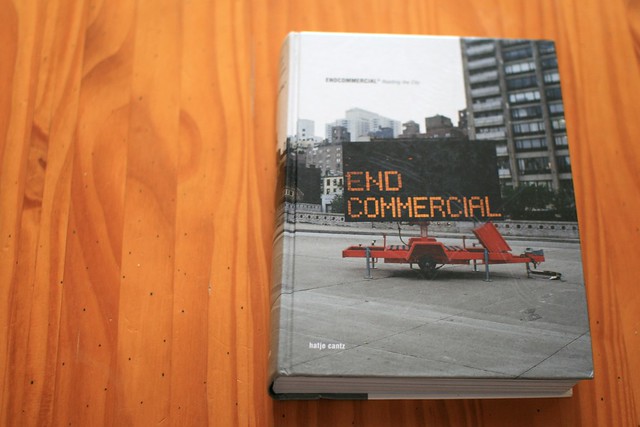
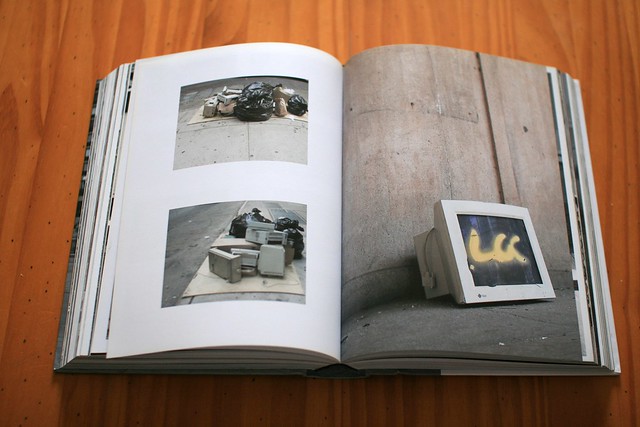


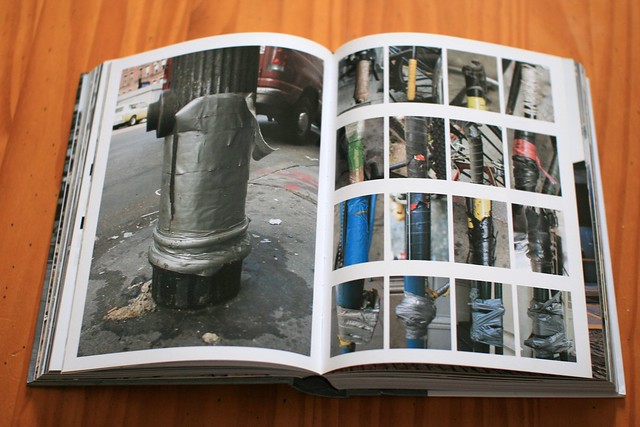
 Why do I blog this? Giving lectures here and there about user experience, it's good to have such kind of examples to show the tendency people have to repurpose standard artifacts for other needs.
Why do I blog this? Giving lectures here and there about user experience, it's good to have such kind of examples to show the tendency people have to repurpose standard artifacts for other needs.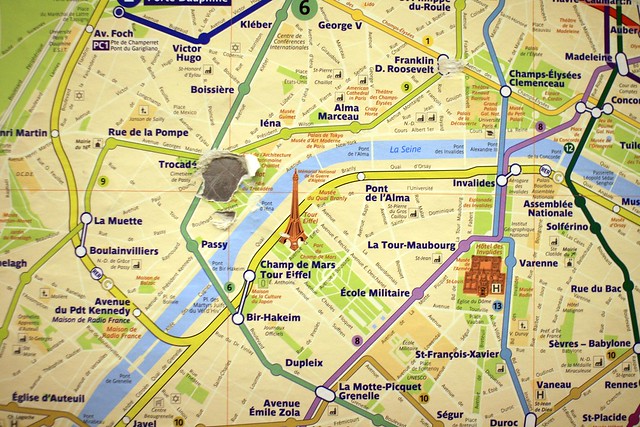 ... or you can spot where you are based on a location people made clearly visible through touching a paper-based map... seen in Paris last week-end.
... or you can spot where you are based on a location people made clearly visible through touching a paper-based map... seen in Paris last week-end.





 A strikingly interesting author, japanese manga author Yuichi Yokoyama has an interesting perspective on the near future:
A strikingly interesting author, japanese manga author Yuichi Yokoyama has an interesting perspective on the near future: It took 20 years to (finally) see a
It took 20 years to (finally) see a 
 The ambivalence of warning signs in terms of
The ambivalence of warning signs in terms of 







 Why do I blog this? Collecting material about cyberpunk for an upcoming interview about the connections between science-fiction and interaction design. The creolization meme seems important but, for some reasons, I don't know (yet!) how to articulate its role. More material needed to understand the implications.
Why do I blog this? Collecting material about cyberpunk for an upcoming interview about the connections between science-fiction and interaction design. The creolization meme seems important but, for some reasons, I don't know (yet!) how to articulate its role. More material needed to understand the implications. Why do I blog this? I'm not sure "Ubiquitous computing" was supposed to mean this kind of QR code pervasive presence, but hey...
Why do I blog this? I'm not sure "Ubiquitous computing" was supposed to mean this kind of QR code pervasive presence, but hey...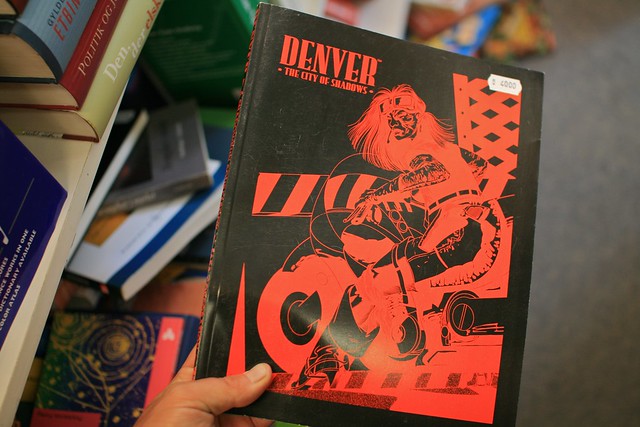 (A picture of a
(A picture of a 
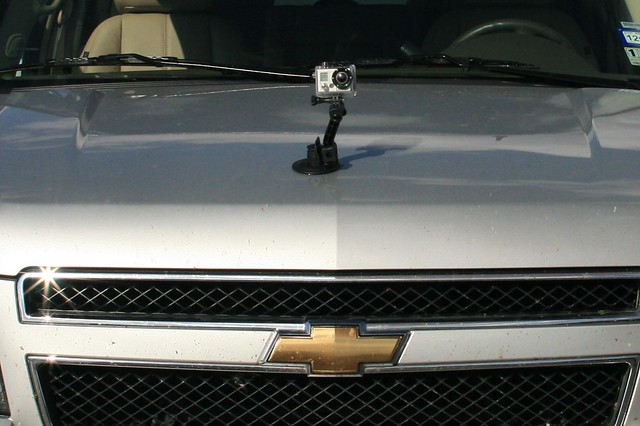 This fellow, encountered at Monument Valley, AZ two week ago, took plenty of time to install this little camera on his huge SUV, a somewhat robotic eye... (or, more likely, a proxy to capture souvenirs).
This fellow, encountered at Monument Valley, AZ two week ago, took plenty of time to install this little camera on his huge SUV, a somewhat robotic eye... (or, more likely, a proxy to capture souvenirs).